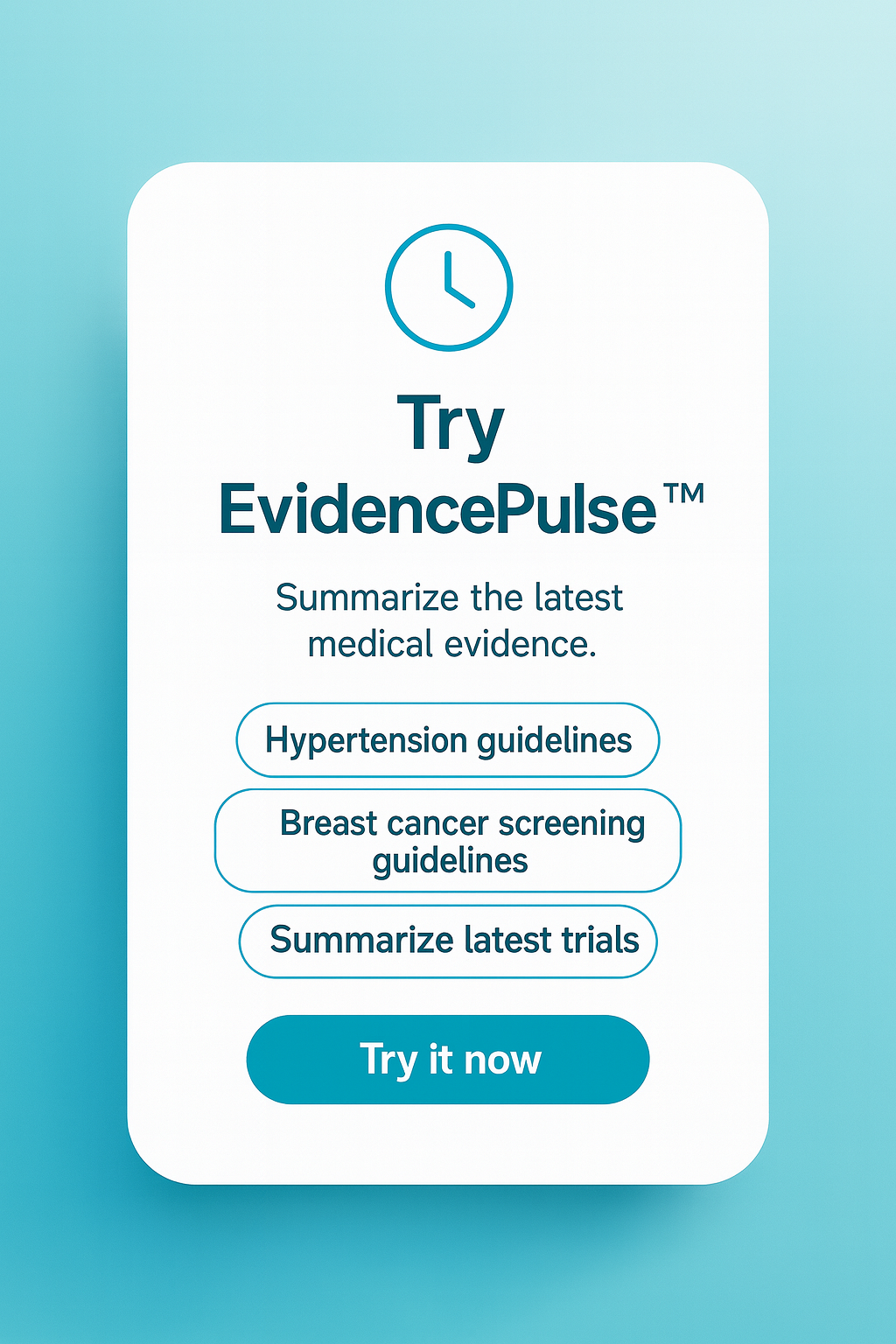Childhood influenza burdens healthcare despite reported increases in vaccination
1. In the Tennessee county examined, vaccination rates for children age 6 to 59 months began at 6% and reached 38% by the end of 11 flu seasons, during which time flu-related hospitalizations tended to decrease and ED visits tended to increase.
2. Hospitalization rates and ED visits were higher in seasons dominated by influenza A(H3N2) compared to seasons dominated by other strains of the virus.
Study Rundown: By 2006, the Advisory Committee on Immunization Practices recommended annual influenza vaccination for all children age 6 to 59 months. This study assessed the burden of influenza among these children on a local healthcare system from 2000 through 2011 in an attempt to explore trends related to vaccination patterns. Children hospitalized or visiting the ED for acute respiratory infections (ARI) or fevers were tested for influenza infection and assessed for vaccination history. Influenza positive hospitalizations and ED visits were highest in the 2003-2004 season. Interestingly, similarity between the circulating strain and the influenza vaccine components was lowest during this season. Influenza-related hospitalizations decreased over time; however the results did not remain significant when the 2003-2004 season was excluded from analysis. Influenza-related ED visits increased at a statistically significant rate over time, regardless of the inclusion of the peak 2003-2004 season. Hospitalizations and ED visits were greatest in the 5 seasons during which influenza A(H3N2) predominated, compared to the other 6 seasons, while vaccination rates trended upward after 2004 but remained below 50% throughout the study. Although this study provides a longitudinal perspective of hospitalization and vaccination trends among children, the generalizability of the findings is limited by the narrow geographic scope and results are not in agreement with prior research. Despite increasing vaccination rates among children under 5 years, the rate remains below 50% and the virus is responsible for a substantial proportion of hospitalizations and ED visits among this population.
Click to read the study in Pediatrics
Relevant Reading: Potential burden of universal influenza vaccination of young children on visits to primary care practices
Study Author, Dr. Marie R. Griffin, MD, MPH, talks to 2 Minute Medicine: Department of Health Policy and Department of Medicine, Vanderbilt University School of Medicine, Nashville, Tennessee.
“Influenza vaccination is now recommended annually for all children 6 months of age or older. Vaccination rates have risen slowly and still remain relatively low. Medical students and health care providers should be aware that influenza virus continues to cause a substantial burden of illness in young children every year. Influenza A H3N2, which is circulating this season, is associated with higher hospitalization and emergency visit rates than other influenza viruses.”
In-Depth: Children ages 6 to 59 months who were hospitalized or visited the ED for ARI or fevers in 4 Davidson county, TN hospitals from 2000-2011 were enrolled in this study. The enrollment sites accounted for approximately 95% of ARI/fever hospitalizations and 50% of ARI/fever ED visits in the county. Although the county population increased over time, the demographics of the population remained relatively stable. Vaccination rates among the enrolled population were 6% in 2000 and grew to 38% in 2011. Influenza-related hospitalizations decreased over this time period, from 10.8% in the 2000-2001 season to 8.3% in the 2010-2011 season (P < .05); however, this finding did not remain statistically significant upon exclusion of data from 2003-2004, the influenza season with the highest hospitalization rates. Influenza-related ED visits increased during this time period, from 11.7% in the 2002-2003 season to 24.2% in the 2010-2011 season, and this remained a statistically significant trend despite exclusion of the 2003-2004 season (P < .001).
More from this author: Laundry detergent pods a poisoning risk to young children, Colleges can support students with chronic medical conditions, Active sexting among teens related to sexual activity
Image: PD
©2014 2 Minute Medicine, Inc. All rights reserved. No works may be reproduced without expressed written consent from 2 Minute Medicine, Inc. No article should be construed as medical advice and is not intended as such by the authors, editors, staff or by 2 Minute Medicine, Inc.






![Ivabradine ineffective in stable coronary artery disease [SIGNIFY trial]](https://www.2minutemedicine.com/wp-content/uploads/2014/09/800px-RCA_atherosclerosis-75x75.jpg)


